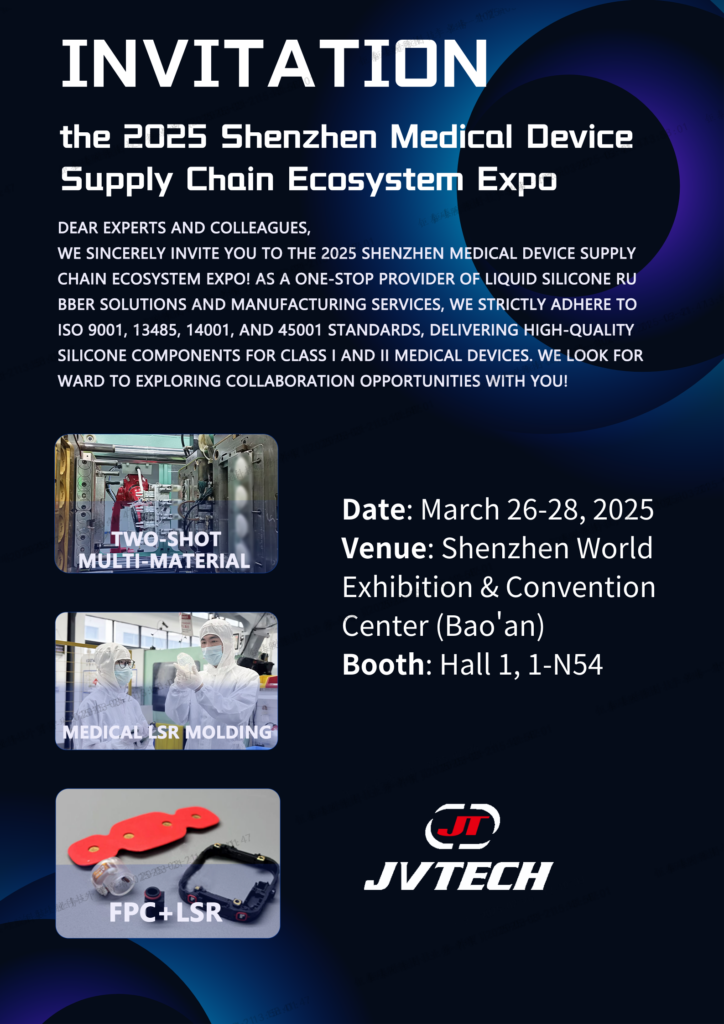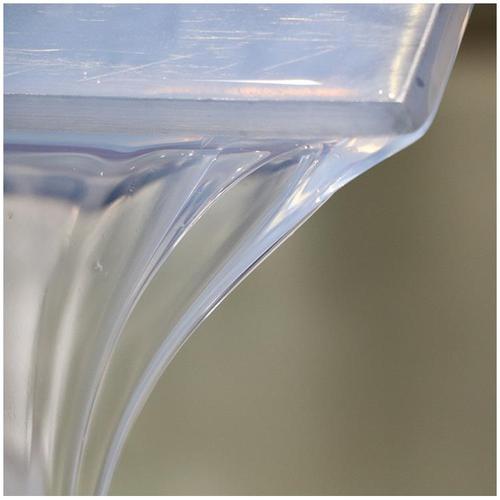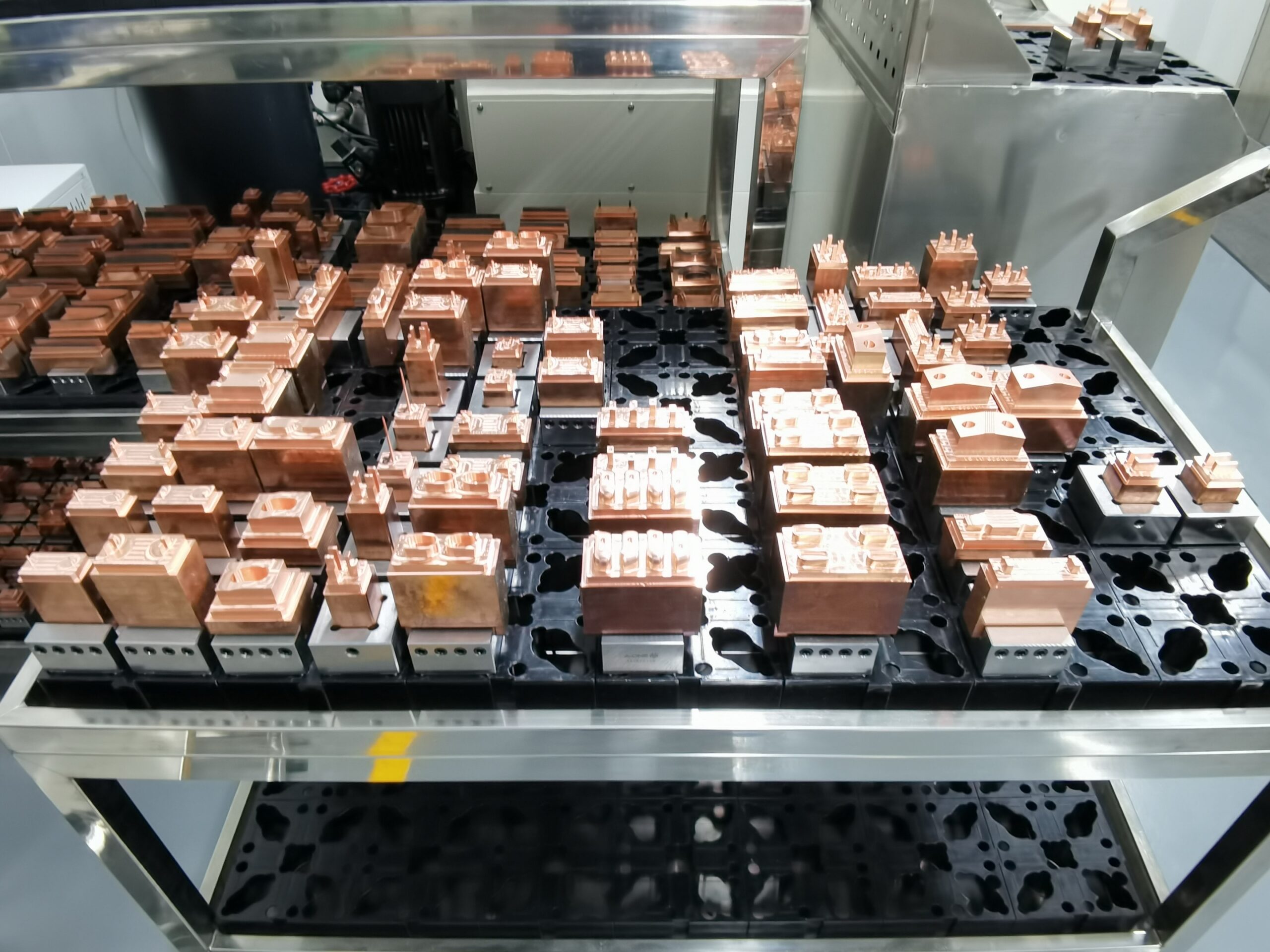Liquid silicone, also known as liquid silicone rubber, is a fluid with certain fluidity and transparent form. The excellent properties of liquid silicone products such as temperature resistance, corrosion resistance, safety and non-toxicity are widely known, and the application prospects of liquid silicone are becoming broader. However, for some reasons, the production of liquid silicone products started relatively late in China, and various production process technologies are not yet perfect. In actual production, various problems are often encountered. Let’s discuss the application knowledge of silicone together below!
Table of Contents
Toggle1.Introduction to liquid silicone.
Liquid Silicone Rubber (LSR for short) is a two-component platinum addition-cured silicone elastomer. Its unique fluid form can complete more precise molding designs compared to traditional solid silicone. LSR has good thermal stability, cold resistance, and electrical insulation properties. When burned, it will not produce toxic substances. Therefore, it has become an irreplaceable material in the production and design of health products, automobiles, baby products, medical supplies, diving supplies, kitchen utensils, and seals. LSR injection molding uses liquid silicone as the main raw material. The two components A and B are mixed by a screw and injected into a mold for curing and molding. This process is the most widely used type in LSR molding processes. It has the advantages of high precision, high production capacity, low loss, automation, and low pollution. Correspondingly, its requirements for molds, environments, and equipment will also be higher, and the processing difficulty will be greater.
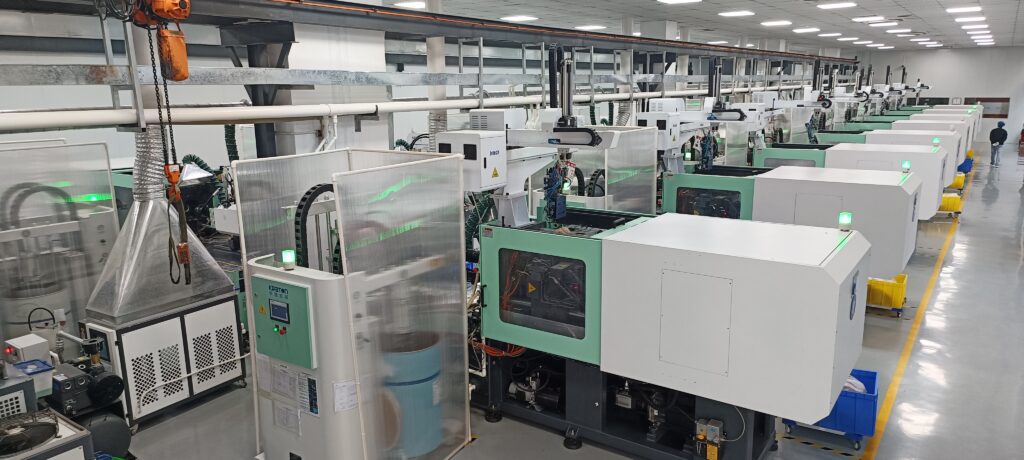
2.Common problems and countermeasures of LSR products
2.1 Incomplete curing of products
(1) Too low temperature
LSR is generally cured by platinum. The curing temperature is generally in the range of 110℃ to 200℃. In actual situations, the curing temperature will vary due to different raw materials and structures.
Countermeasure: Check the mold temperature, correspond to the material physical property table according to the actual product structure, and calculate a reasonable molding temperature.
(2) Incomplete vulcanization
The unreasonable temperature during LSR vulcanization leads to incomplete vulcanization.
Countermeasure: Measure the uniformity of the mold temperature to see if it complies with the SOP. For products with special structures, extend the vulcanization time to achieve it. Then change the steel at special positions to adjust the thermal conductivity. Or add an independent temperature control and raise the mold temperature at special positions. Ensure that the vulcanization time is synchronized. Complete vulcanization!
(3) Pollution treatment in mold manufacturing
Grease contaminants will destroy the vulcanization structure of LSR. Maintenance and cleaning of the mold before it is put into use is the top priority process.
If pollution occurs during the manufacturing process.
Countermeasure: We use dry ice to clean the mold surface, and at the same time find out the source of pollution and make corresponding SOP modifications!
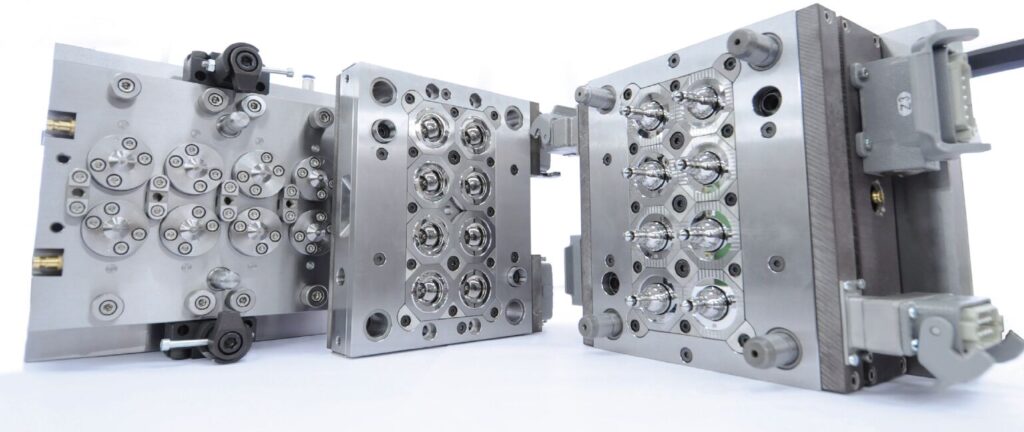
2.2 Auxiliary gas pollution
Sometimes a gas gun is needed for LSR manufacturing. If the gas in the air compressor is not clean, it will pollute the mold.
Countermeasure: Regularly check the working status of the dryer of the air compressor and replace the filter within the safe cycle of the dryer. Keep the air dry and clean!
2.3 Product deformation or shrinkage (mainly for P+R overmolded products)
The deformation temperature of the embedded material is too low.
The curing and molding temperature of LSR is generally between 110℃ and 200℃. Then the deformation temperature of the overmolded material must reach above 110℃. Avoiding that the molding temperature cannot be raised too high, resulting in too low production efficiency.
Countermeasure: Use overmolded materials with high temperature resistance. For special cases, LSR can be adjusted to make low-temperature vulcanized materials.
2.4 Bubbles (trapped air) in products
(1) Poor exhaust
Unreasonable exhaust structure design and incomplete vacuum.
Countermeasure: Adjust the exhaust position and actually detect the vacuum degree at the four molding points: front end of mold closing, after mold closing, injection, and vulcanization.
.jpg)
(2) Uneven mixing of color paste (or dispersion and precipitation of color paste)
Countermeasure: Determine the fineness of the incoming color paste. Increase the stirring speed of the color paste pump and control the working frequency of the color paste pump!
Specific situations may vary in problems due to different equipment, processes, and product structures. Specific analysis is needed. The above is for reference only.
3.Practical application cases of LSR products
The liquid silicone overmolding process is applicable to a variety of products, such as liquid silicone products for mothers and babies, medical liquid silicone products, and liquid silicone products for waterproof accessories of electronic auto parts. The advantage of this process is that the product bonding details are more beautiful and the product fit is more perfect. So although the efficiency of many liquid overmolded products is not high, the product quality is very good. However, due to its own surface inertness, liquid silicone is particularly difficult to bond to other materials. Therefore, in the aspect of involving liquid silicone/plastic substrates, how to use the overmolding process in the technology for preparing products with both soft and hard products has become a problem. Taking a conventional medical breathing mask as an example, conduct problem analysis and solution.
.png)
The reasons for the defects of medical breathing masks can usually be divided into the following aspects:
① Improper substrate treatment: The substrate is contaminated or not cleaned properly before overmolding, resulting in loose overmolding.
② Insecure adhesion: During the overmolding process, the glue is not fully bonded, resulting in insufficient adhesion between the silicone and the substrate.
③ Unreasonable product structure design: Unreasonable structure design leads to the bonding surface not being able to evenly contact with the silicone, resulting in unsmooth adhesion in the follow-up.
④ Problems with the adhesive: The adhesive fails and cannot adhere.
⑤ Malfunction of the overmolding process flow: Improper parameter setting in the overmolding process.
JVTECH was officially established in 2010. The company’s technical team has been deeply rooted in the field of liquid silicone + plastic molding solutions for more than 20 years. It has rich experience in liquid silicone manufacturing solutions and has a one-stop liquid silicone industry chain including product design and development, precision mold research and development and manufacturing, and automated mass production. Jutai Silicone’s main business directions are precision overmolding, two-color molding, and multi-cavity molding. It has many world’s top industry partners such as Wacker and Elkem. It has obtained ISO13485\ISO9001\ISO45001\ISO14001 system certificate certifications and more than 50+ patent certificates, thus achieving high efficiency and cost-effectiveness. Let our customers always stay ahead in the industry.
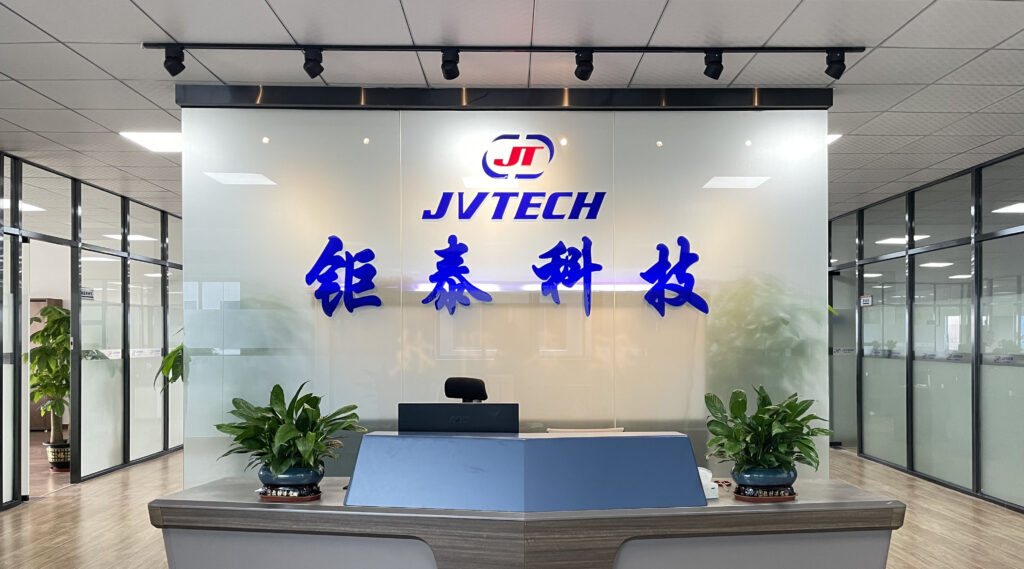
For the overmolded parts of medical breathing masks, our company has rich and reliable treatment solutions:
(1)Surface cleaning and drying of the embedded product before overmolding
Surface cleaning is very important for overmolding adhesion. Of course, it is also necessary to keep the substrate fully and reasonably dry. Otherwise, dirt and water will seriously affect the bonding effect.
After the production of the embedded part of the breathing mask is completed, it will be sent to the cleaning link in time and ensure that the product is dry to prepare for the overmolding process.
(2)Ensure a reasonable molding temperature
The molding temperature mainly considers the reaction curing temperature of liquid silicone. The typical molding temperature of liquid silicone is between 110℃ and 150℃. Liquid silicone often needs to be fully cured at a relatively high temperature to have better bonding performance. Therefore, it is very critical to keep the molding temperature of the base plastic product above 150℃.
But if the substrate does not reach this temperature range, cold silicone can be specially purchased.
(3)Gluing
Ensure that the width and thickness of the gluing area are stable and consistent, so that the bonding area during the bonding process will be stable and consistent, and the bonding performance consistency of the produced product will also be better.
(4)Do not use additives
Liquid silicone itself is already close to a product as a release agent in terms of inertia. If these products are added again, unexpected chemical reactions may occur, which is not conducive to product bonding. Therefore, try not to use internal release agents, external release agents or self-lubricating additives in plastic substrates. When necessary, start from the mold to assist in demolding.
(5)Product demolding
The curing process of liquid silicone is relatively slow. So even if the liquid silicone seems to have good bonding strength immediately after demolding, in fact, when the mold is opened, it may not be the time when the curing is the most complete. Therefore, try not to pull the liquid silicone hard during the demolding process. In this way, it will maintain good bonding effect after slowly cooling.
(6)Post-inspection and glue removal
During post-glue removal, pay attention to training the basic configuration and operation methods of operators, and formulate a reasonable post-SOP to ensure that the inspection and treatment process will not cause surface damage to the product and lead to local peeling of the wrapped silicone from the product.
Our company has a medical-grade 100,000-level dust-free inspection workshop, implements management system certifications such as ISO13485 and ISO9001. The company will also regularly conduct operation training for employees. The influence of factors from personnel allocation to the environment is well controlled.
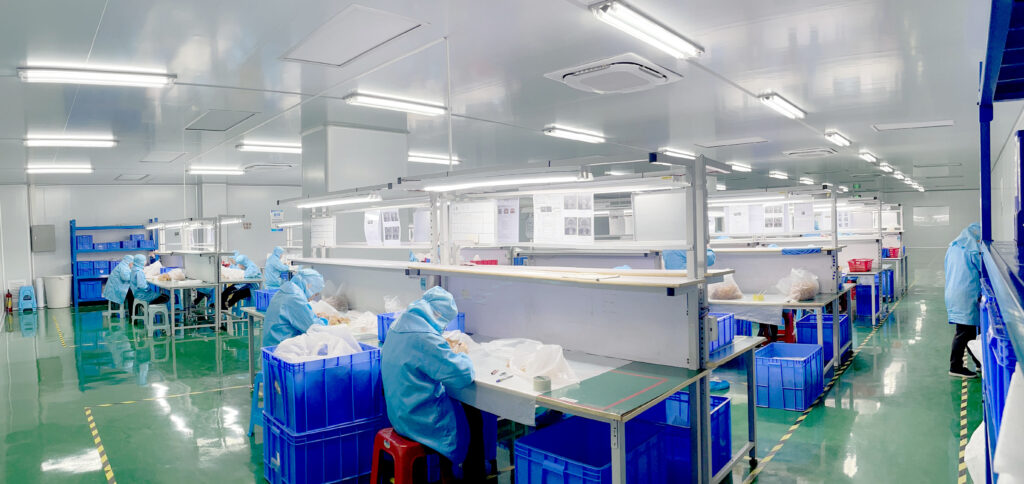
In short, if making overmolded silicone products, the problem of degumming in the production of overmolded silicone products often occurs. Jutai Silicone Technology has rich experience and strong technical capabilities in finding solutions to this problem. As long as the preparatory work is sufficient in the early stage and all factors such as people, machines, materials, methods, and environment are well controlled, the degumming problem can be solved.

